Shopify SEO: 8 Smart SEO Strategies to Rank #1 on Google and Attract More Customers in 2025!
Table of Contents
In today’s competitive e-commerce landscape, simply having a Shopify store isn’t enough; you need to ensure it stands out in search engine results. Shopify SEO involves optimizing your store to increase organic traffic, improve visibility, and ultimately drive sales.
This guide walks you through the essentials of Shopify SEO, highlighting actionable strategies to help your store thrive online.
What is Shopify SEO?
Shopify SEO refers to the process of optimizing a Shopify store to rank higher on search engines like Google. While Shopify provides built-in SEO features, leveraging advanced techniques can help you outperform competitors and attract more organic visitors.
Why is Shopify SEO Important?
- Increased Traffic: Organic search is a primary source of website traffic.
- Cost-Effective: Unlike paid ads, SEO delivers sustainable, long-term results without ongoing costs.
- Brand Authority: Higher rankings build trust and credibility among potential customers.
- Improved User Experience: Many SEO practices align with creating a better shopping experience.
Key Elements of Shopify SEO
1. Perform Keyword Research
The foundation of any SEO strategy, keyword research identifies the terms your audience uses to search for products. Use tools like Google Keyword Planner or Ahrefs to find keywords with high search volume and low competition.
Action Tip: Optimize product pages, blog posts, and meta tags with your chosen keywords. Use variations and related terms naturally within your content to cover a broader range of searches.
To master Shopify SEO, focus on the following areas:
Keyword Research
Understanding what your customers are searching for is the foundation of SEO. Use tools like Google Keyword Planner, Ahrefs, or SEMrush to find relevant keywords with high search volume and low competition.
Focus on long-tail keywords like “affordable modern coffee tables” to attract targeted traffic.
Keyword research goes beyond just identifying words. It involves analyzing search intent to ensure your content matches what users are looking for.
For example, someone searching for “buy wooden dining table online” likely has a different intent than someone searching for “how to maintain wooden dining tables.”
What are the tips for perfect keywords in Shopify Store?
- Target long-tail keywords (e.g., “affordable modern coffee tables”).
- Use product-specific terms (e.g., “round walnut coffee table”).
- Optimize for location-based searches if you offer regional delivery.
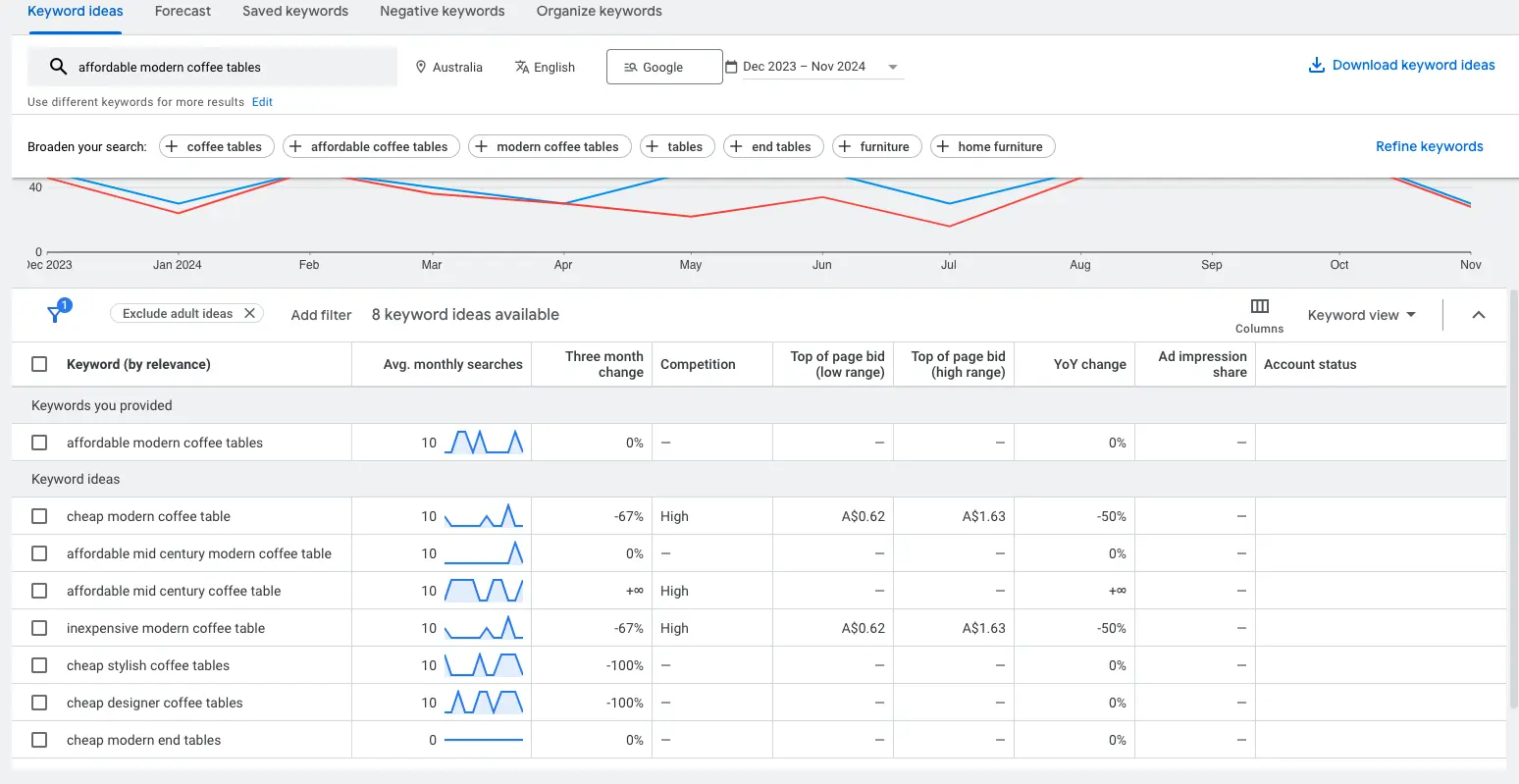
2. Optimize On-Page SEO
On-page SEO ensures that individual pages on your Shopify store are optimized for search engines.
What are some important on-page areas to focus?
- Title Tags: Include primary keywords naturally. Your titles should be compelling to encourage clicks.
- Meta Descriptions: Write engaging descriptions with keywords to boost click-through rates. Keep them under 160 characters for best results.
- URLs: Keep them clean and keyword-rich. Avoid auto-generated URLs with unnecessary characters.
- Headings (H1, H2, H3): Structure content with appropriate heading tags to improve readability and SEO value.
- Image Alt Text: Describe images using keywords. This helps with accessibility and image search rankings.
Additionally, ensure your product descriptions are unique and valuable. Avoid duplicating manufacturer descriptions, as Google may penalize duplicate content.
Use bullet points and easy-to-read formatting to highlight product features and benefits.
Example: Instead of “This coffee table is nice,” write “Experience true convenience with our modern coffee table, designed with a sturdy surface and practical features for everyday living.”
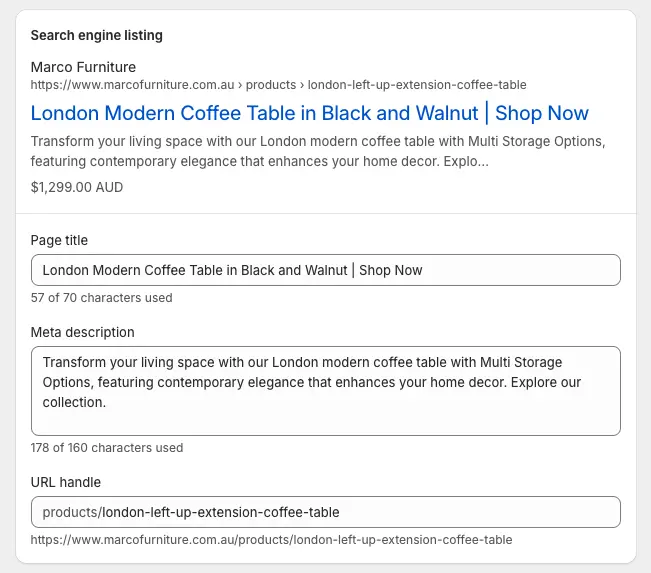
3. Technical SEO Guide for Shopify Stores
Technical SEO ensures your Shopify store is accessible to search engines and provides a seamless user experience.
What are some important technical SEO areas to focus?
Enable a Mobile-Responsive Theme
Use a Shopify theme optimized for mobile devices to ensure accessibility across all screen sizes.
Improve Site Speed
Compress images using tools like TinyPNG or ImageOptim.
Minimize JavaScript and CSS files with tools like UglifyJS and CSSNano.
Choose a reliable, speed-optimized Shopify theme.
Implement lazy loading for images to prioritize visible content.
Enable browser caching to reduce server response times.
Monitor site speed regularly using tools like Google PageSpeed Insights or GTmetrix and address flagged issues.
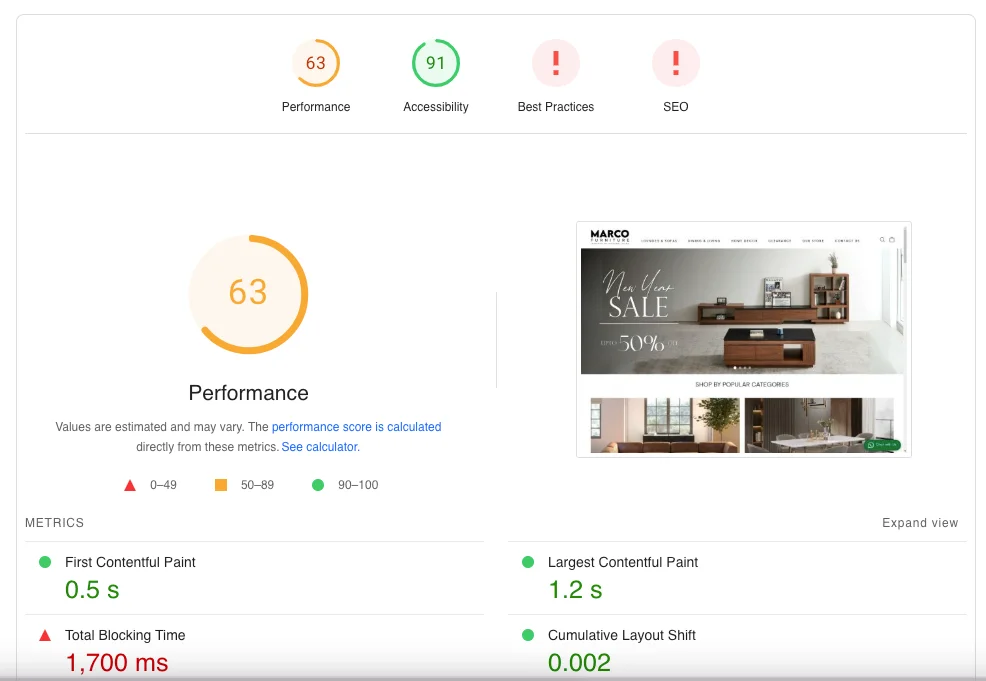
Submit an XML Sitemap to Google Search Console
Shopify automatically generates an XML sitemap. Submit it to Google Search Console to help search engines index your pages efficiently.
Fix Broken Links
Identify and fix broken links using tools like Broken Link Checker.
Ensure outdated pages have proper 301 redirects to guide users and maintain SEO value.
4. Mobile Optimization
With mobile commerce on the rise, ensuring your Shopify store is mobile-friendly is crucial. Google prioritizes mobile-first indexing, meaning your store’s mobile version impacts your rankings.
What Steps Should Take to Optimize Shopify Site for Mobile?
- Choose a responsive theme from the Shopify Theme Store that adapts seamlessly to all screen sizes.
- Test your site’s mobile usability with Google’s Mobile-Friendly Test.
- Simplify navigation for mobile users by using a clean menu structure.
- Ensure buttons and links are easy to tap without zooming.
Mobile optimization also includes addressing Core Web Vitals, such as Largest Contentful Paint (LCP) and Cumulative Layout Shift (CLS). These metrics are crucial for providing a smooth browsing experience.
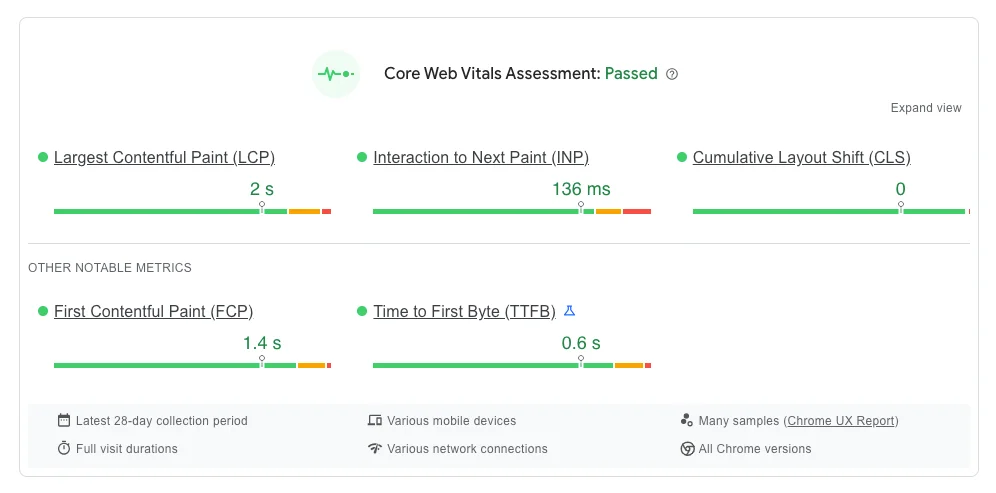
5. Content Marketing
Publishing high-quality, keyword-rich content not only boosts your SEO but also positions you as an authority in your niche.
Creating valuable content attracts backlinks, boosts rankings, and engages your audience.
Content Ideas for Shopify Blogs:
- Product buying guides.
- Blog posts addressing customer FAQs.
- Seasonal trends and style tips.
- Case studies or success stories showcasing your products in use.
Example: Write a blog titled “Top 10 Modern Furniture Trends for 2025” to target relevant keywords and attract organic traffic.

Content marketing isn’t just about blogs. Consider creating videos, infographics, and downloadable resources like e-books or templates.
Share this content across your social media platforms to amplify its reach.
6. Build Quality Backlinks
Backlinks from authoritative websites signal to Google that your Shopify store is trustworthy and valuable.
Backlinks from reputable sites signal trustworthiness to search engines. Build links through guest blogging, collaborations, and social media promotions.
How to Build Backlinks:
- Collaborate with bloggers and influencers in your niche.
- Write guest posts for reputable websites.
- Create shareable content like infographics and guides.
- Offer testimonials to suppliers or partners in exchange for a backlink.
- List your store in online directories relevant to your industry.
Avoid spammy backlink practices, as these can lead to penalties. Focus on earning links naturally by producing high-quality, link-worthy content.
7. Local SEO
If your Shopify store caters to a specific region, optimize for local search.
Quick Wins:
- List your business on Google My Business.
- Include location keywords in meta tags and content.
- Encourage customer reviews on Google and Yelp.
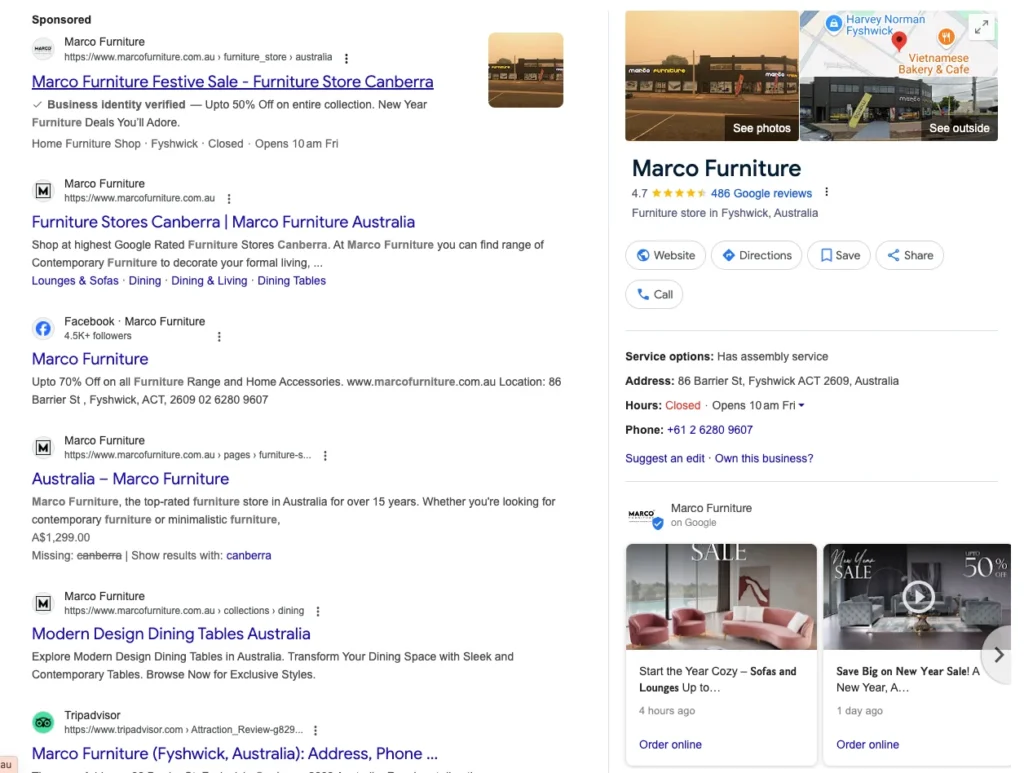
8. Utilize Shopify’s Built-In SEO Features
Shopify provides several built-in tools to enhance your store’s SEO:
- XML Sitemap: Automatically generated to help search engines crawl your site.
- 301 Redirects: Easily redirect old pages to new ones to preserve link equity.
- SEO Apps: Use apps like Plug in SEO or SEO Manager for advanced optimization.
- Structured Data: Enable rich snippets to make your products stand out in search results.
Make full use of Shopify’s analytics to track your SEO performance. Monitor metrics like organic traffic, bounce rates, and conversion rates to identify areas for improvement.
Shopify SEO Tools You Should Use
Maximize your SEO efforts with these tools:
- Ahrefs: For keyword research and backlink analysis.
- SEMRush: To track rankings and identify optimization opportunities.
- Google Analytics: To monitor traffic and user behavior.
- Plug in SEO: A Shopify app that identifies on-site SEO issues.
Common Shopify SEO Mistakes to Avoid
- Ignoring duplicate content issues caused by product variants.
- Overloading product pages with keywords (keyword stuffing).
- Neglecting meta descriptions and image alt tags.
- Failing to update outdated content regularly.
Bonus Tips for 2025 SEO Success
- Optimize for Voice Search: Use conversational keywords to align with how people speak. For instance, target phrases like “Where can I buy affordable dining tables online?”
- Implement Schema Markup: This helps search engines understand your content better, increasing the chances of rich snippets.
- Focus on User Experience (UX): Simplify navigation, reduce pop-ups, and make checkout seamless to keep visitors engaged.
- Update Old Content: Refresh outdated blogs and product pages to maintain relevance and authority.
Measuring Your SEO Success
To determine the effectiveness of your Shopify SEO efforts, regularly track key performance indicators (KPIs):
- Organic Traffic: Monitor increases via Google Analytics.
- Keyword Rankings: Use tools like Ahrefs or SEMrush to track your target keywords.
- Bounce Rate: A lower bounce rate indicates that visitors find your site engaging.
- Conversion Rate: Measure how well organic traffic converts into sales.
Conclusion
Ranking #1 on Google in 2025 is achievable with consistent effort and smart strategies. By focusing on keyword research, on-page optimization, site speed, and content marketing, your Shopify store can gain visibility, attract more customers, and drive long-term success.
Start implementing these strategies today and watch your Shopify store climb the ranks on Google!
AI-SEO FUSION
Email: info@aiseofusion.com
Call: +92-3335232846
©2025 AI SEO Fusion. All Rights Reserved.
